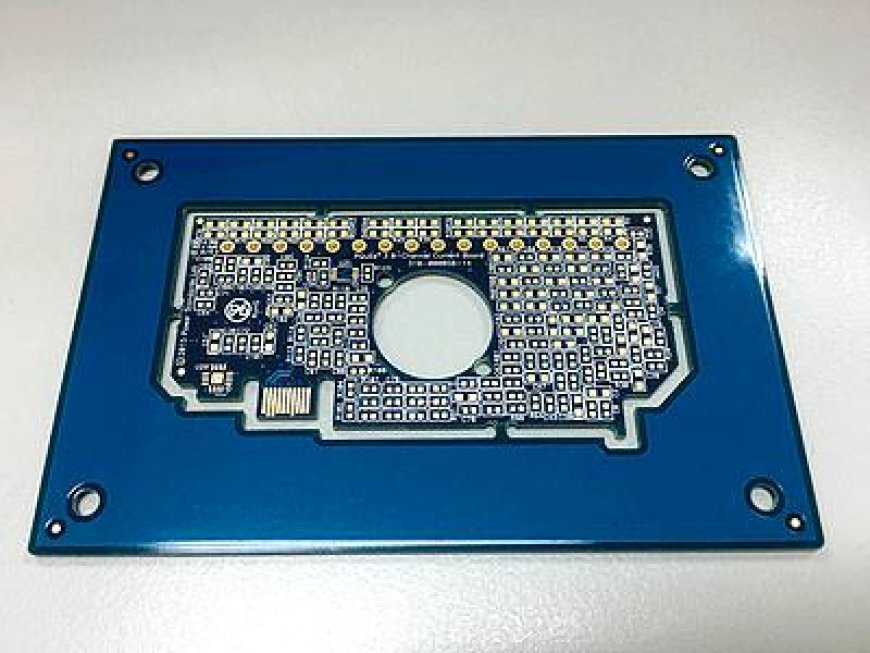The Speed Dilemma: Quick Turn PCB Prototypes vs. Precision

In the world of PCB (Printed Circuit Board) manufacturing, time is often as critical as the quality of the design. Engineers and product developers constantly face the dilemma of balancing quick turn PCB prototypes with the need for precision. While both speed and precision are essential for creating functional and reliable PCBs, achieving a balance between the two can be challenging.
Understanding the Importance of Quick Turn PCB Prototypes
Quick turn PCB prototypes are designed to speed up the development cycle, enabling companies to test and refine their products faster. This is especially valuable for businesses in industries like consumer electronics, medical devices, and automotive sectors where time-to-market is crucial. Quick turn services typically promise delivery of prototypes within 24 to 48 hours, depending on the complexity of the design.
One of the main benefits of quick turn PCB prototypes is that they allow companies to reduce the time spent on design iterations and testing. The faster a prototype can be produced, the sooner engineers can evaluate their work and make necessary adjustments. This helps prevent costly delays and ensures that the product stays on track for its release.
However, with speed often comes the risk of sacrificing precision. As the demand for faster turnaround times increases, manufacturers are sometimes forced to compromise on certain design aspects to meet the tight deadlines. The speed dilemma arises when manufacturers must decide whether to prioritize quick production or ensure each design element is perfected.
The Challenge of Precision in Quick Turn Prototyping
Precision is an essential factor in PCB design. Any slight error can lead to faulty functionality or even catastrophic failure of the entire product. As a result, ensuring that quick turn PCB prototypes meet stringent standards for accuracy and reliability is a key challenge.
Manufacturers typically use advanced technology, including automated optical inspection (AOI) systems, to detect defects in PCBs. While these technologies can enhance precision, they may require additional time, which contradicts the very purpose of quick turn services. Engineers must carefully navigate between using cutting-edge technology for precision and delivering prototypes in a timeframe that meets their project deadlines.
Additionally, the complexity of the PCB design itself can impact the precision of the prototype. Highly complex designs with dense components, intricate routing, and multiple layers require greater attention to detail, which can lead to longer production times. As a result, achieving quick turnaround times for such designs without sacrificing precision can be particularly difficult.
Striking a Balance: When to Prioritize Speed vs. Precision
When faced with the choice between speed and precision, the answer is not always clear-cut. Several factors need to be considered before deciding which element to prioritize. Quick turn PCB prototypes are beneficial when the design is relatively simple, and the primary goal is to confirm basic functionality. For instance, when testing the fit and form of components on a board, speed may take precedence.
However, in situations where the product must meet high safety standards or is subject to strict regulatory requirements (such as medical devices or aerospace components), precision must remain the priority. Quick turn PCB prototypes might still be used, but the risk of manufacturing errors is too great to sacrifice accuracy, particularly in safety-critical applications.
Another key factor to consider is the stage of the product development cycle. In the early stages, when engineers are still refining their concepts, the priority is often speed. Engineers may need to quickly iterate on a design, and a quick turn service can provide the prototypes necessary to make rapid adjustments. As the product nears final stages, precision becomes more critical, especially as manufacturers begin to scale up production for the actual product release.
Strategies to Improve Both Speed and Precision
While the challenge of balancing speed and precision may seem like an either/or scenario, there are strategies that manufacturers can use to improve both aspects without compromising on quality.
- Design for Manufacturability (DFM): Incorporating DFM principles early in the design process can help reduce complexity and ensure that the PCB can be manufactured quickly without sacrificing accuracy. By designing with manufacturability in mind, engineers can create designs that are easier to produce, speeding up the process without compromising on performance.
- Use of Advanced Manufacturing Techniques: Techniques such as laser direct imaging (LDI) and automated PCB assembly can speed up the manufacturing process while maintaining high precision. LDI, for example, reduces the need for traditional photomasks, allowing for more accurate and faster circuit board fabrication.
- Partnering with Experienced Manufacturers: Choosing a PCB manufacturer with a proven track record in both fast turnaround and high precision can help mitigate the risk of delays or errors. Experienced manufacturers have refined their processes to meet both speed and accuracy requirements. Find out more about working with a trusted partner to ensure your quick turn prototype is manufactured to the highest standards.
- Prototype Testing and Validation: It's important to thoroughly test each quick turn PCB prototype to catch potential issues before they become bigger problems. Running electrical, mechanical, and thermal tests on prototypes will help identify flaws that could impact performance, ensuring that precision is maintained even with faster production schedules.
- Optimized Supply Chain Management: A well-managed supply chain is essential for both fast production and maintaining precision. By securing reliable suppliers for high-quality components and ensuring that they are readily available, manufacturers can avoid delays and maintain high standards of quality.
Conclusion
The speed dilemma between quick turn PCB prototypes and precision is a challenge that many engineers and manufacturers face. Quick turn services offer significant benefits in terms of reducing development time, but they can also compromise the accuracy and reliability of the design. By implementing the right strategies, such as designing for manufacturability, leveraging advanced technologies, and partnering with experienced manufacturers, it is possible to strike a balance that ensures both fast delivery and high-quality prototypes.
For those facing tight deadlines and complex designs, it’s important to weigh the trade-offs carefully. Whether you prioritize speed or precision, go right here to find out more about how to make informed decisions that best suit your project needs.
What's Your Reaction?




























































